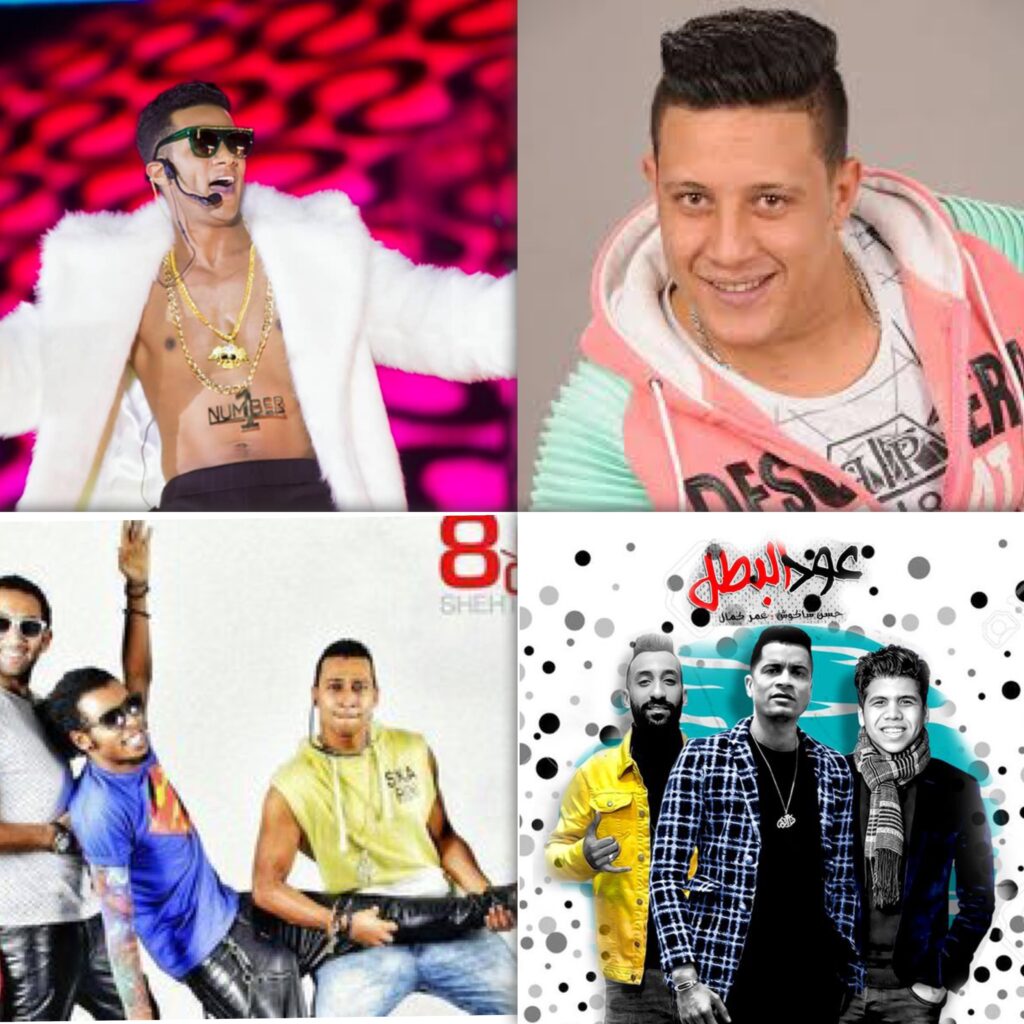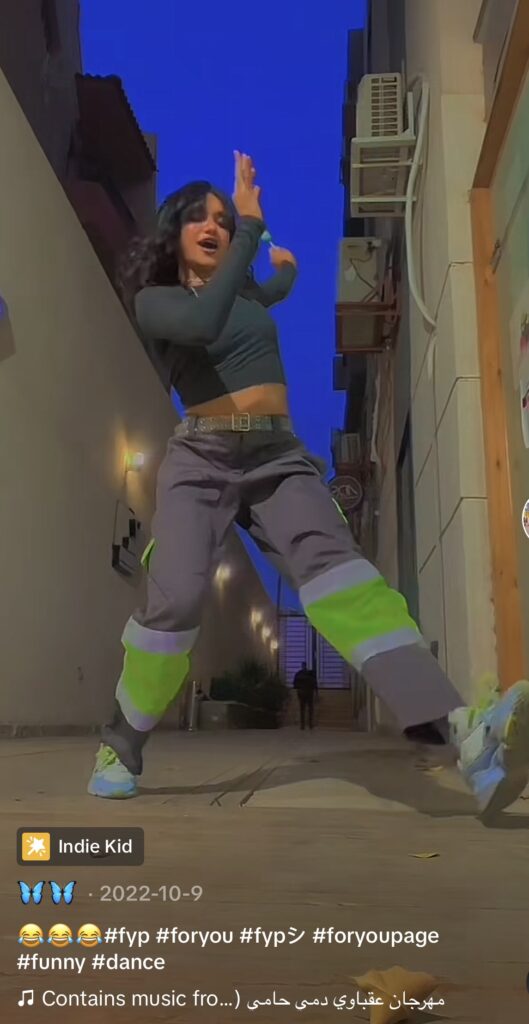Mahraganat: Egyptian Street Music

By: Nevin Girgis/ Arab America Contributing Writer
What are Mahraganat?
The literal translation of ‘Mahraganat’ is ‘Festivals’, however, Egyptians know it as this generation’s style of street music. Starting in the 2010’s in communities in Imbaba and Al-Salaam City, Mahraganat haven’t stopped growing since. Following the Arab Spring in 2011, Egyptian youth expressed their feelings about the state of the country amongst other struggles through the use of ‘Mahraganat’. The song’s don’t typically contain any actual singing or rhyming, just the artist talking and expressing how they feel with background music.
Today, Mahraganat have evolved into a sensation in Egypt reaching other Arab countries, as well. With millions of views on Youtube and soundcloud, Mahraganat artists have grown in popularity and asked to be featured in movies with their songs. Songs of this nature are heard on all streets of Egypt, especially the community based areas.
Music Itself
The songs themselves differ completely from iconic soft Egyptian music like ‘Ahwak’ by Abdel Halim Hafez or belly dancing music like ‘Shik Shak Shok’ by El Seoud. There are 2 main approaches to Mahraganat: Party and Mawwal. Both approaches use the same instruments in different manners. All Mahraganat use drums, extreme Auto-tune, techno on the keyboard and bring in EDM influence. Party Mahraganat is extreme hype music that is played at weddings, parties, or just hang outs within friends. Mawwal Mahraganat are songs that are more sentimental and express sadness about the world, love struggles, or longing for something/ someone in general. Mawwal Mahraganat are typically slower and said/ sand in a wailing manner to truly deliver the sadness feeling.
The most known Mahraganat artists are Hassan Shakoosh, Omar Kamal, Oka we Ortega, Mohammed Ramadan and Hamo Bika.
Dancing
Mahraganat dancing is the reason it is publicized as much as it has. The dancing for Mahraganat is very expressive and distinct to this music style. Typically, young Egyptian men dance to this by moving their hands in all kinds of motions, bending down, and jumping up to the beat of the song. Dancers just move their hands and bodies in any way to match the song’s rhythm, generally at a very fast pace. Depending on the song, they will dance on each other’s shoulders and pull out and dance with pocket knives. Women also dance to Mahraganat, either in the dance style or by belly dancing, depending on the tempo. Dancing to Mahraganat is all about the movement of the body, just letting your body express the music you are hearing.
Examples of Mahraganat Songs
Mahragan 3akabawy- عقباوي

Without a doubt, this specific Mahragan blew up on social media as there is a unique dance for it, where people bend down and jump back up in a twisting motion.
El 2ashash- القشاش
To illustrate, this clip is from a wedding where this Mahragan plays and people of all ages get up to dance in their own way.
Mahragan Mafeesh Sa7eb- مفيش صاحب يتصاحب
مهرجان انا اصلا جام – Mahragan Ana Aslan Gamed
Msh Haroo7- مش هروح
Honorable Mentions
Staple in Egyptian Society
Although essentially newer, it has become a part of Egyptian culture and music history. Understandably, the older generations may find it hard to understand the actual music, as well as, why the younger generations enjoy it. Generally speaking, they are fun to listen to and you can dance in any way you choose. Not to mention, there is a Mahragan for every and any mood you’re in. After all, if you are sad and want to scream and express your struggle, listen to a Mahragan! If you are happy and want to jump up and down, listen to a Mahragan. As shown above, dancing to Mahraganat can be expressed in several ways, depending on the rhythm of the songs themselves.
Check out the Arab America Blog here!








